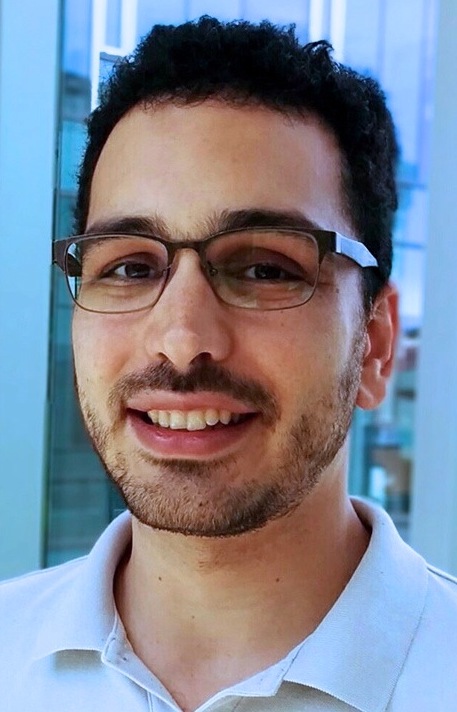Spring ’20 Joint CSC@USC/CommNetS-MHI Seminar Series
 |
Bruno Ribeiro,
Purdue University
|
Abstract
Graph tasks are ubiquitous, with applications ranging from recommendation systems, to language understanding, to automation with environmental awareness and molecular synthesis. A fundamental challenge in applying machine learning to these tasks has been encoding (representing) the graph structure in a way that ML models can easily exploit the relational information in the graph, including node and edge features. Until recently, this encoding has been performed by factor models (a.k.a. matrix factorization embeddings), which arguably originated in 1904 with Spearman's common factors. Recently, however, graph neural networks have introduced a new powerful way to encode graphs for machine learning models. In my talk, I will describe these two approaches and then introduce a unifying mathematical framework using group theory and causality that connects them. Using this novel framework, I will introduce new practical guidelines to generating and using node embeddings and graph representations, which fixes significant shortcomings of the standard operating procedures used today.
Biosketch
Bruno Ribeiro is an Assistant Professor in the Department of Computer Science at Purdue University. He obtained his Ph.D. at the University of Massachusetts Amherst and did his postdoctoral studies at Carnegie Mellon University from 2013-2015. His research interests are in representation learning and data mining, with a focus on sampling and modeling relational and temporal data. He received an NSF CAREER award in 2020 and the ACM SIGMETRICS best paper award in 2016.
